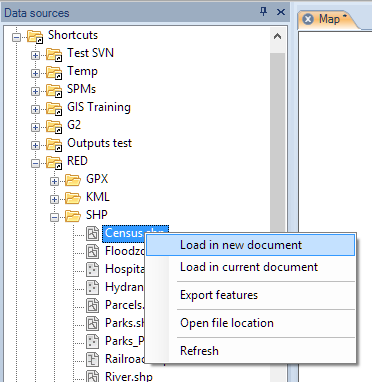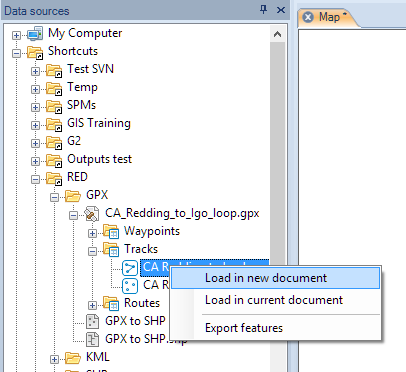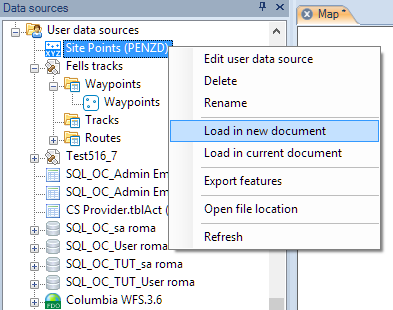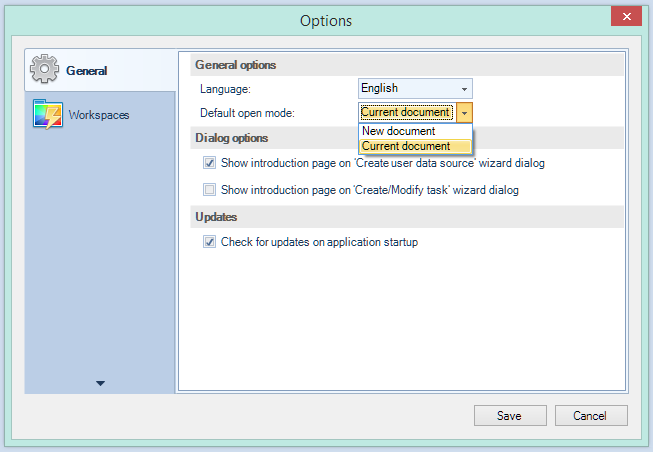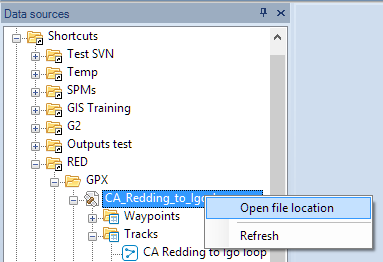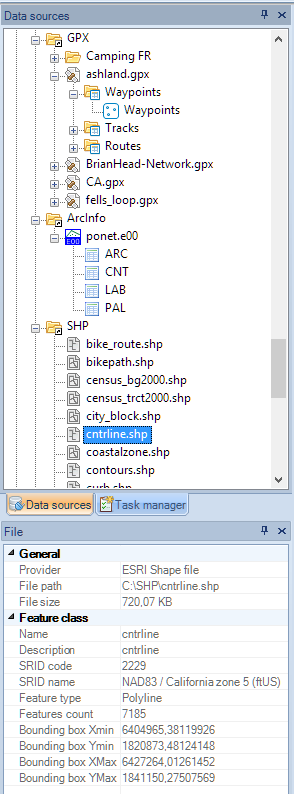Difference between revisions of "Spatial Manager Desktop™ - FAQs: Spatial files"
m |
m |
||
| Line 60: | Line 60: | ||
*[[Spatial Manager Desktop™ - FAQs: Data sources|See "Data sources" also]] | *[[Spatial Manager Desktop™ - FAQs: Data sources|See "Data sources" also]] | ||
*[http://www.spatialmanager.com/drag-and-drop-of-shp-kml-gpx-etc-files-to-a-map/ Drag and drop of SHP, KML, GPX, etc., files to a Map] | *[http://www.spatialmanager.com/drag-and-drop-of-shp-kml-gpx-etc-files-to-a-map/ Drag and drop of SHP, KML, GPX, etc., files to a Map] | ||
| + | *[http://www.spatialmanager.com/load-or-import-multiple-data-sources-at-once/ Load or import multiple data sources at once] | ||
Revision as of 11:28, 5 May 2020
Notes:
- Some components in the images on this page (providers, names, windows look, etc.) may be slightly different from those that will appear on your computer
- Some application functions need to access the Internet from the application itself. If you experiment problems in any process, ask your network administrator if there is a Proxy server installed on your network. You can configure the Proxy settings through the application options
Introduction
- Objective of this section
- To load spatial information from files with single or multiple content using different methods
- Topics in this section
- File load methods: data sources panel (direct from or through UDS - "Standard" and "Professional" editions only), directly loading from Windows explorer or drag and dropping from the explorer to a Map
- Multiple content files: files including internal folders and those files including multiple internal schemas and tables
How can I load a data table from a spatial file into a Map?
You can load a data table from a spatial file in Spatial Manager Desktop™ using the right-click menu over the file item itself, over a table from the file or over any UDS ("Standard" and "Professional" editions only) that refers the file, in the "Data sources" panel, to load its content into a new or existing Map. You can also double-click over the file item itself, over a table from the file or over any UDS ("Standard" and "Professional" editions only) that refers the file, in the "Data sources" panel, to load its content into a new or existing Map (this behaviour may be configured in the application settings)
You also can load data tables from spatial files into a Spatial Manager Desktop™ Map by dragging and dropping them from Windows explorer. This way of loading allows you to load several files at one time, as long as these kind of files do not need additional parameters to load them (for example, loading SHP files). If the data Provider used for the files to load needs additional parameters, it is only possible to drag and drop one file each time (for example, loading KML files)
Also, it is possible to assign Spatial Manager Desktop™ as the application to “Open” a file type in Windows explorer and load directly this type of file into a new Map, by using a double-click or though the contextual menu in Windows explorer
How can I open directly the folder containing a file?
To open a file location in Spatial Manager Desktop™, use the right-click menu over the file item in the "Data sources" panel
How can I recognize each different type of file and its Properties?
To recognize each different type of file, you will see the different icons used for each data Provider in the "Data sources" panel of Spatial Manager Desktop™. In addition, when you select any file you will see its Properties in the "Properties" panel
Related links
- See "Data sources" also
- Drag and drop of SHP, KML, GPX, etc., files to a Map
- Load or import multiple data sources at once
